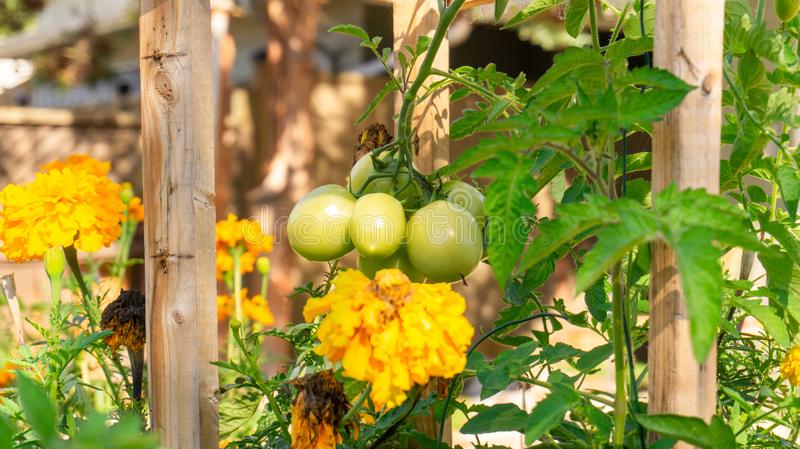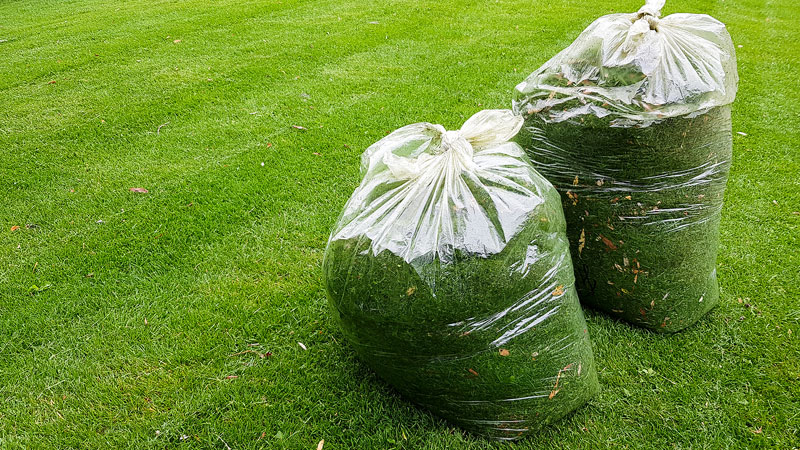[wpdreams_ajaxsearchlite]
Native Americans have brought us wise practices in gardening. Hence, one of these is the three sisters planting. Also, corn, squash, and beans are the three plants that best grow together. Thus, making them sisters that help each other.
The corn helps the beans by serving as a pole to climb on. Meanwhile, beans increase nitrogen in the soil, so there is no need to buy one for the corn. Also, bean vines protect the corn from strong winds. Last is the squash. Its leaves protect the soil from weeds and moisture evaporation.

Aside from helping each other to grow, the three make up a healthy diet. Also, corn is rich in carbohydrates, beans are a good source of proteins, and squash is high in vitamins A and C.
What can be a smarter choice than to allow these sisters to take care of themselves, and you?
Here are the 3 S to consider before starting three sisters planting.
- Season. Most corn and beans are warm-season plants. Don’t expect them to flourish in winter. One can plant in late spring or summer but not during immense heat. For the squash, a good option is to use the winter variety.
- Soil. Ensure that your soil is well-drained to allow the growth of these crops. Enrich your soil with compost or manure to add nutrients.
- Site. These plants also need space with 6 hours of exposure to the sun every day. Remove weeds and stones that will hinder your crop’s growth.
Scotts 09127 Turf Builder Starter Lawn Food 24-25-4
Steps in Three Sisters Planting
- Choose your method or layout.
There are lots of three sisters planting positions you can choose from. Here are some examples:
- Traditional planting – Corn and beans are in the same mound. Plant the squash in the seventh mound. You can choose to place it alone or with the corn and beans.
- Alternative planting – In this method, plant the squash in hills between the corn and beans.
- Three sister fields – this is where beans surround a group of corn. The squash is 3 feet away from the beans.
- Three sister mounds – plant four corn seeds to form a cross. Afterward, plant the beans 3 inches from the corn. Place it outwards for the corn to enjoy as a windshield.

Select a layout that matches your garden’s size.
1. Put up a mound.
The mound is the raised area where you will plant the crops. Your mound’s height will depend on your soil’s condition. If your place is abundant in the rain, this is a must. Raising the soil surface will aid in soil with poor drainage.
Three sisters planting does not need a mound set too high. It is safe to make a 4” tall mound with 18 in. diameter. Set a 3-4 feet space between mounds.
2. Plant in CBS sequence
CBS, which stands for corn, beans, and squash, should also serve as your planting guide. Consider the corn as the eldest sister. It better to plant them first because they serve as the bean’s pole. Soak the seeds overnight. By doing so, you’ll avoid withered seeds.
After 2-3 weeks or when the corn has grown a few inches, plant the beans. A plant pole beans like Scarlet Runner and Blue Lake rather than bush beans.
Finally, plant the squash seeds a week after the beans. Examples of winter squash are acorn, butternut, and delicata. These types creep on the ground, unlike crookneck and pattypan that grow in clumps.
Obey this tip for three sisters planting as we do not want the squash leaves to prevent the corn and bean sprouts from getting sunlight. Ensure proper spacing between the plants.
Direct planting is better than transplanting because it paves the way for healthier roots.
Extra info:
- Water the plants once a week, or based upon their need.
- Clear the area from weeds.
- If birds are coming to eat your corn, consider having a fourth sister. Sunflower or beebalm will get the pollinators and birds’ eyes.
- There are many types of corn, beans, and squash. If possible, choose local species that will work for the three sisters planting.
If you are new to this planting method, don’t expect a perfect result. Know your garden’s do’s and don’ts. Observe how the plants grow together and take note of issues, even if it’s small. Planning and preparing need time and hard work but don’t worry because you’ll learn a lot. Also, how satisfying could it be to see and eat from your garden?
If you are having a hard time figuring out what’s going on with your lawn grass, we at My Landscapers have been doing Lawn Replacement throughout Toronto, Markham, Vaughan & Richmond Hill. Our professionals best materials and tools to help your lawn look lush, healthy & green. Request your FREE, no-obligation, detailed estimate today, and one of our landscaping experts will contact you.



